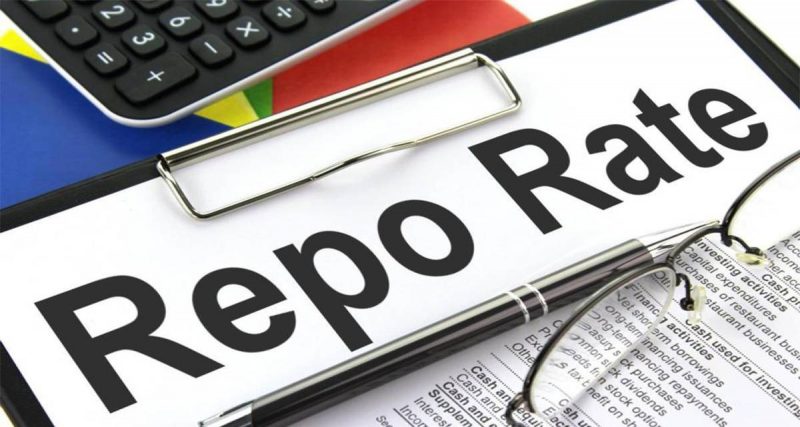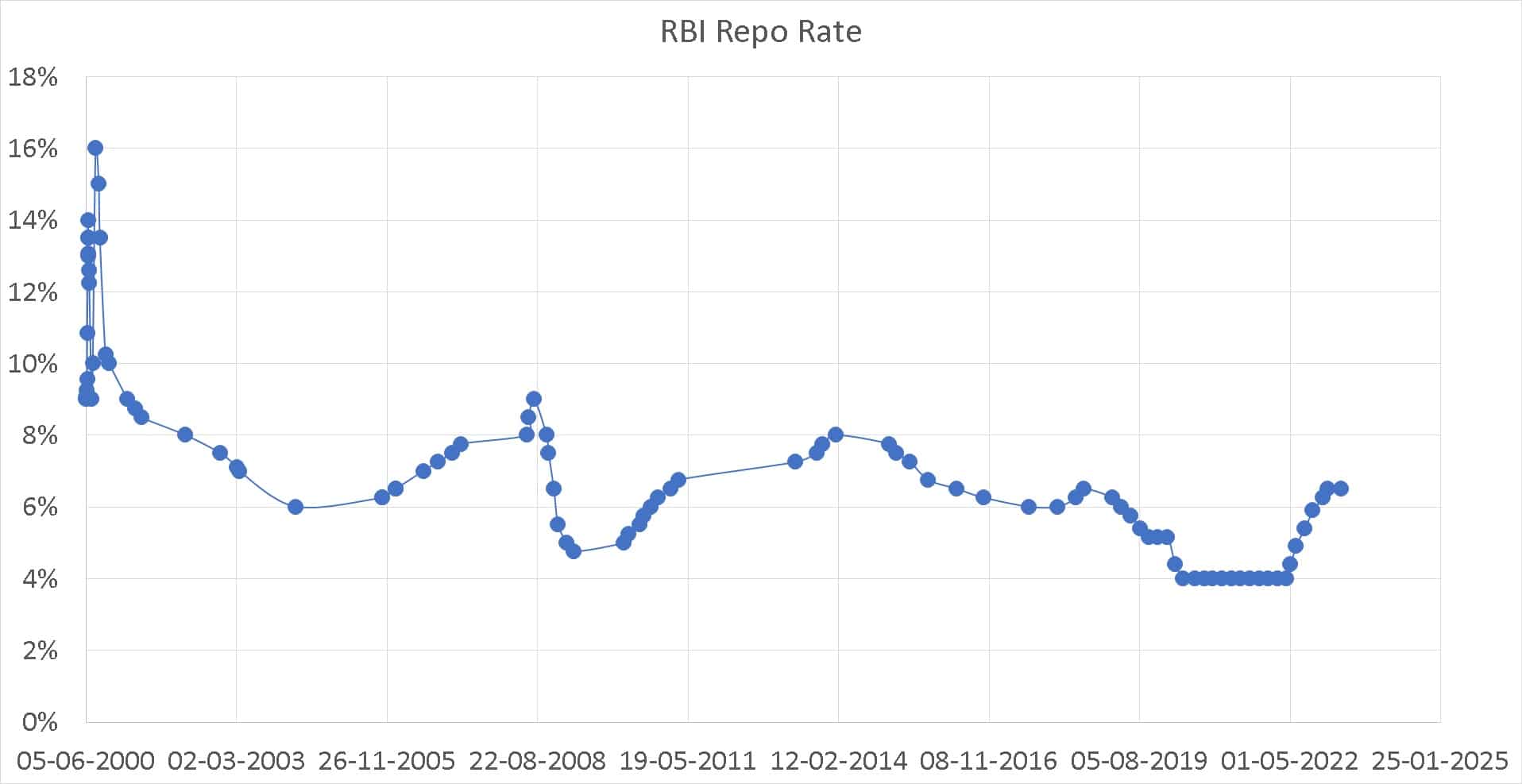RBI Monetary Policy Repo Rate Today
Contents

RBI Hits the Pause Button: Repo Rate Stays Put at 6.5%
The Reserve Bank of India (RBI) decided to hold steady this time around, keeping the repo rate unchanged at 6.5%. This marks the seventh consecutive meeting where the rate hasn’t budged. But what exactly does this mean for you?
De decode the Repo Rate: Imagine the repo rate as the interest rate at which the RBI lends money to commercial banks. When this rate goes up, borrowing becomes more expensive for banks, and they often pass on those higher costs to you in the form of loan interest rates. So, a steady repo rate suggests stable borrowing costs for now.
Why the Wait? The RBI is balancing two key factors: inflation and economic growth. While inflation is still above their target of 4%, it’s showing signs of cooling down. On the other hand, the Indian economy is expected to grow at a healthy 7% this year. So, the RBI might be waiting for a clearer picture before making any changes.
What’s Next? The RBI will likely continue to monitor inflation closely. If inflation eases further, there’s a chance they might cut rates in the future to boost economic activity. However, if inflation picks up again, they might need to raise rates to keep it under control.

What is repo rate in monetary policy?
(RBI Monetary Policy Repo Rate Today) The repo rate, short for repurchase rate, is a key tool used by a country’s central bank (like the Reserve Bank of India or RBI) in its monetary policy. It’s the interest rate at which the central bank lends short-term money to commercial banks. Here’s how it impacts the economy
- Think of it as a control lever: A higher repo rate makes borrowing more expensive for banks. This is because they have to pay a higher interest rate to the RBI for the money they borrow.
- Banks pass on the cost: When borrowing from the RBI becomes costlier for banks, they often raise interest rates on the loans they offer to individuals and businesses. This discourages excessive borrowing and spending in the economy.
- Taming inflation: By making borrowing expensive, the repo rate helps control inflation. When there’s less money circulating in the economy, there’s less demand for goods and services, which can help keep prices stable.
- Balancing act: The central bank aims to find a sweet spot for the repo rate. A very high rate can slow down economic growth, while a very low rate can lead to inflation.
Impacts your wallet: The repo rate indirectly affects the interest rates you pay on loans and the interest rates you earn on deposits. So, it’s worth keeping an eye on!
What Are Derivatives in Stock Market
What is the repo rate of RBI policy date?
The Reserve Bank of India (RBI) just concluded its latest monetary policy meeting on April 5, 2024, and in a move that might impact your wallet, they decided to maintain the status quo. This means the key repo rate – the interest rate at which the RBI lends short-term funds to commercial banks – remains unchanged at 6.5%. This marks a continuation of a steady stance, with the repo rate holding firm for the past seven meetings.
This decision by the RBI reflects their current strategy to balance two crucial aspects of the economy: inflation and growth. While inflation is still hovering above their target of 4%, recent data suggests it might be on a downward trend. On the other hand, the Indian economy is expected to perform well, with projections of a healthy 7% growth rate this year. By holding the repo rate, the RBI is likely waiting for a clearer picture before making any adjustments.
Looking ahead, the RBI will undoubtedly keep a close eye on inflation. If it continues to ease, there’s a possibility of a rate cut in the future to stimulate economic activity further. However, if inflationary pressures rise again, the RBI might need to raise the repo rate to keep it in check. These adjustments to the repo rate ultimately influence the interest rates that banks offer to you and me for borrowing and saving. So, staying informed about future RBI announcements and their impact on the repo rate can be beneficial for making informed financial decisions.

How many times RBI changes repo rate in a year?
The Reserve Bank of India (RBI) doesn’t have a fixed frequency for changing the repo rate. They typically review the rate every two months through their Monetary Policy Committee (MPC) meetings. However, the decision to change the rate depends on various economic factors like inflation and growth, so they might keep the rate unchanged for several meetings or adjust it more frequently if needed.
For example, in 2024, as of today (April 5th), the RBI has held the repo rate steady for seven consecutive meetings. This indicates a period of economic stability where they haven’t felt the need to adjust the rate. On the other hand, during periods of high inflation or economic turbulence, the RBI might make changes to the repo rate more frequently to manage the situation.

